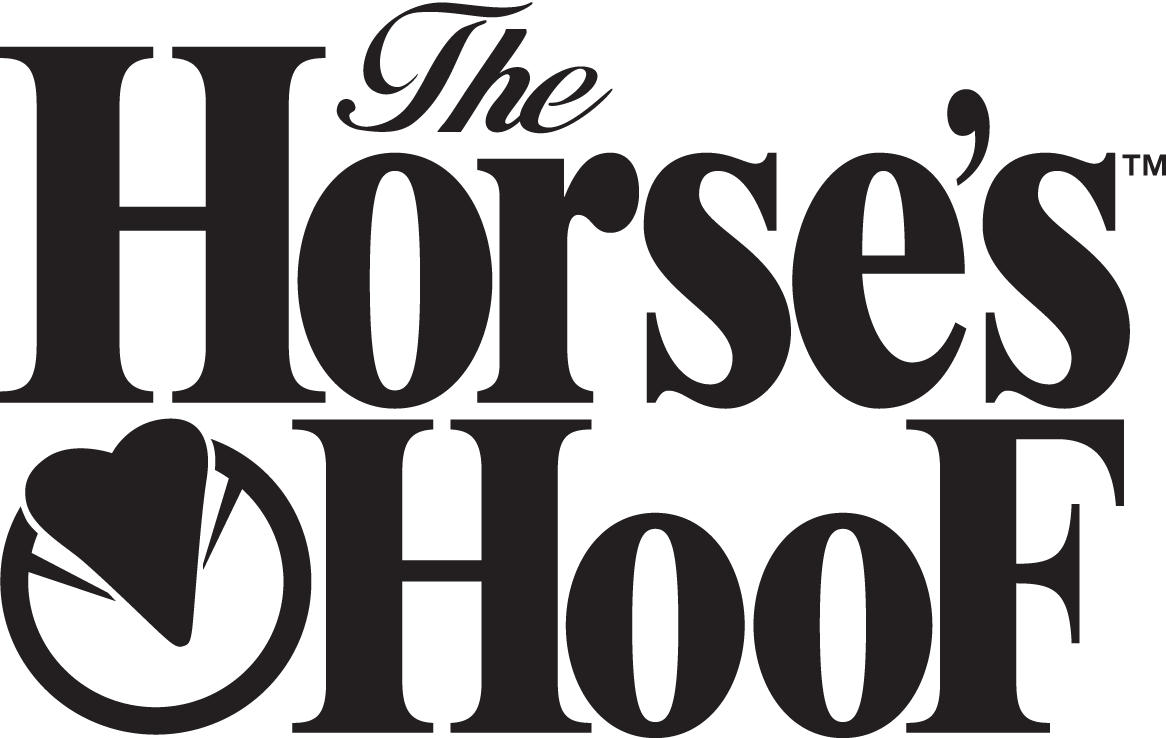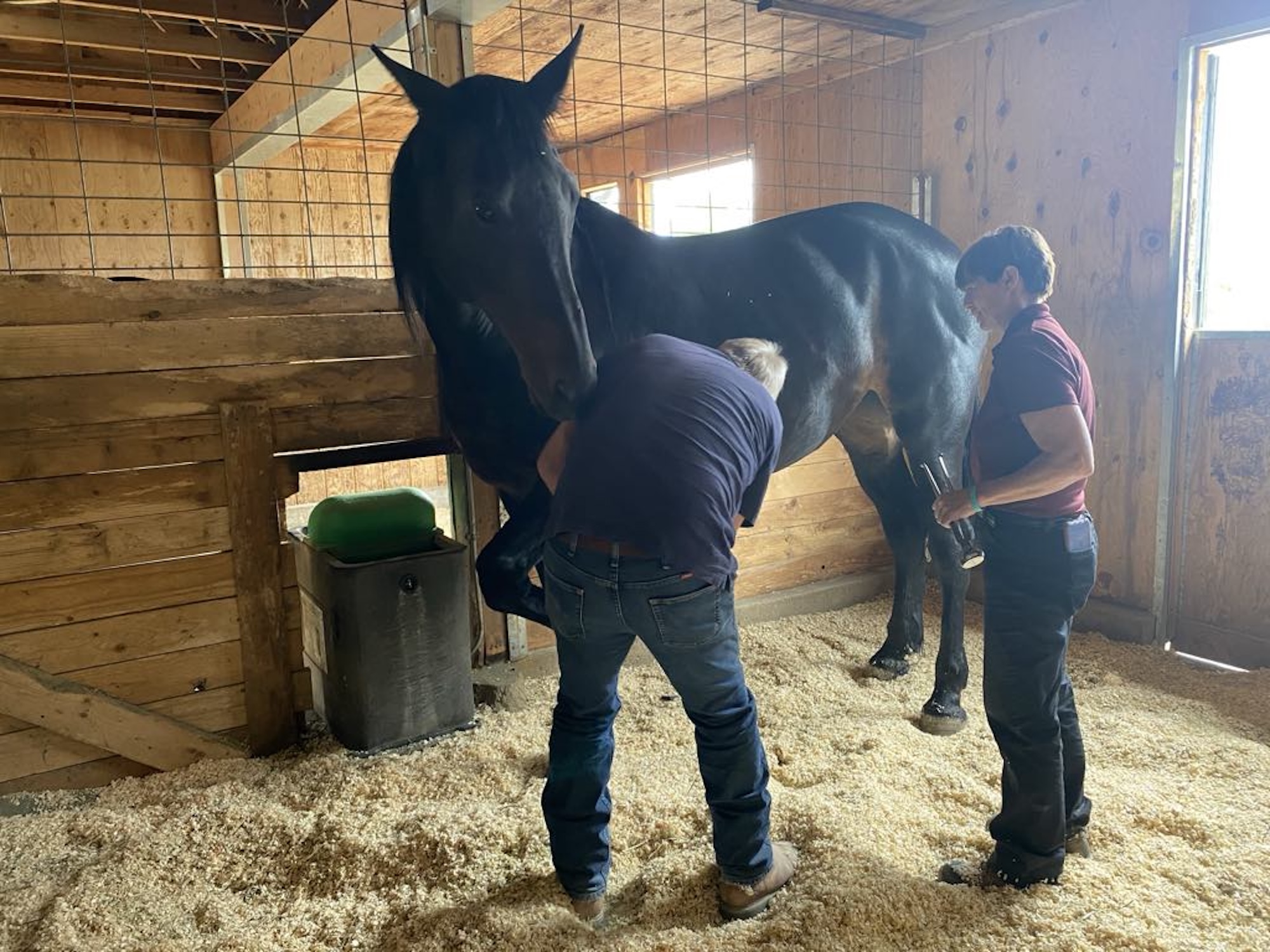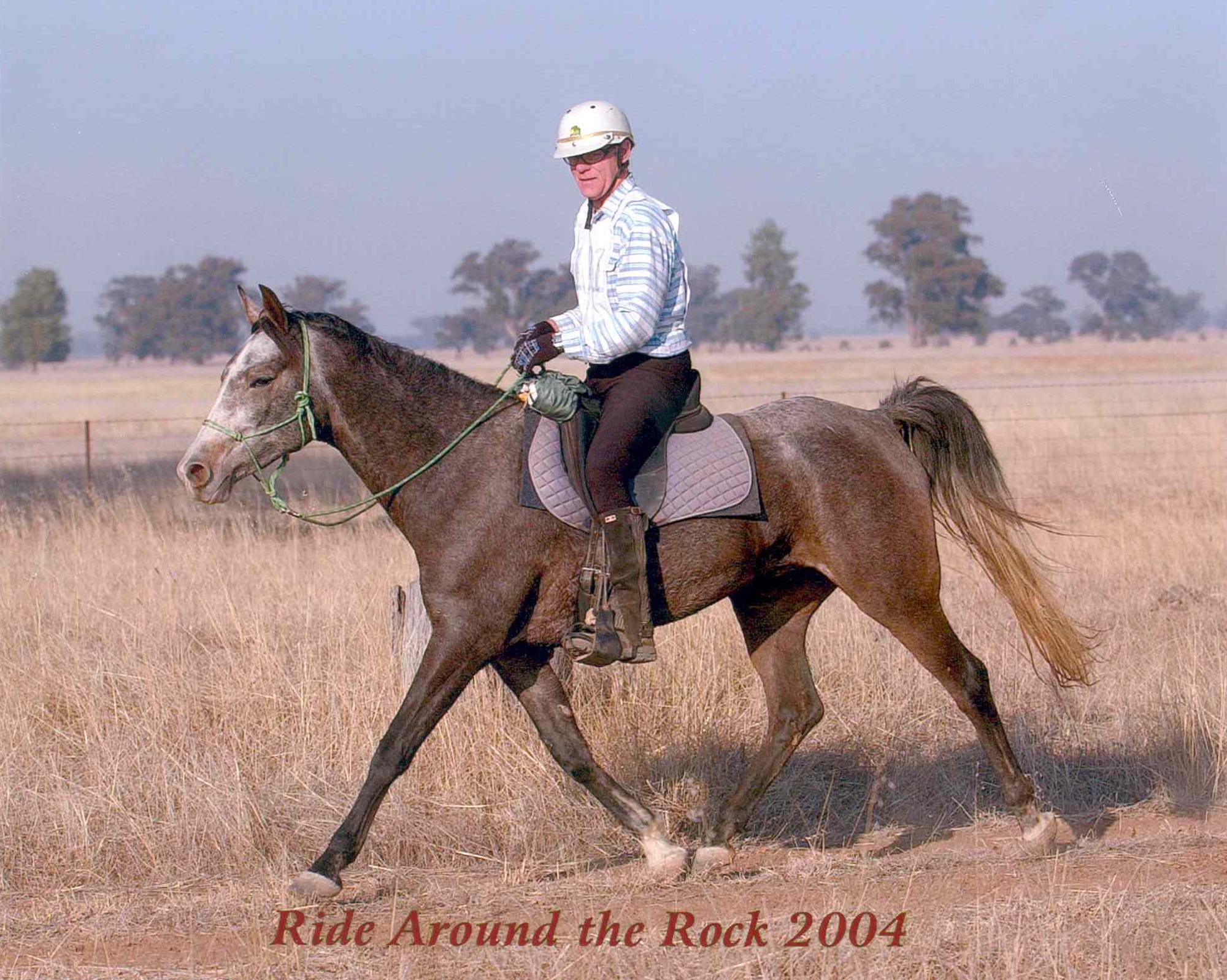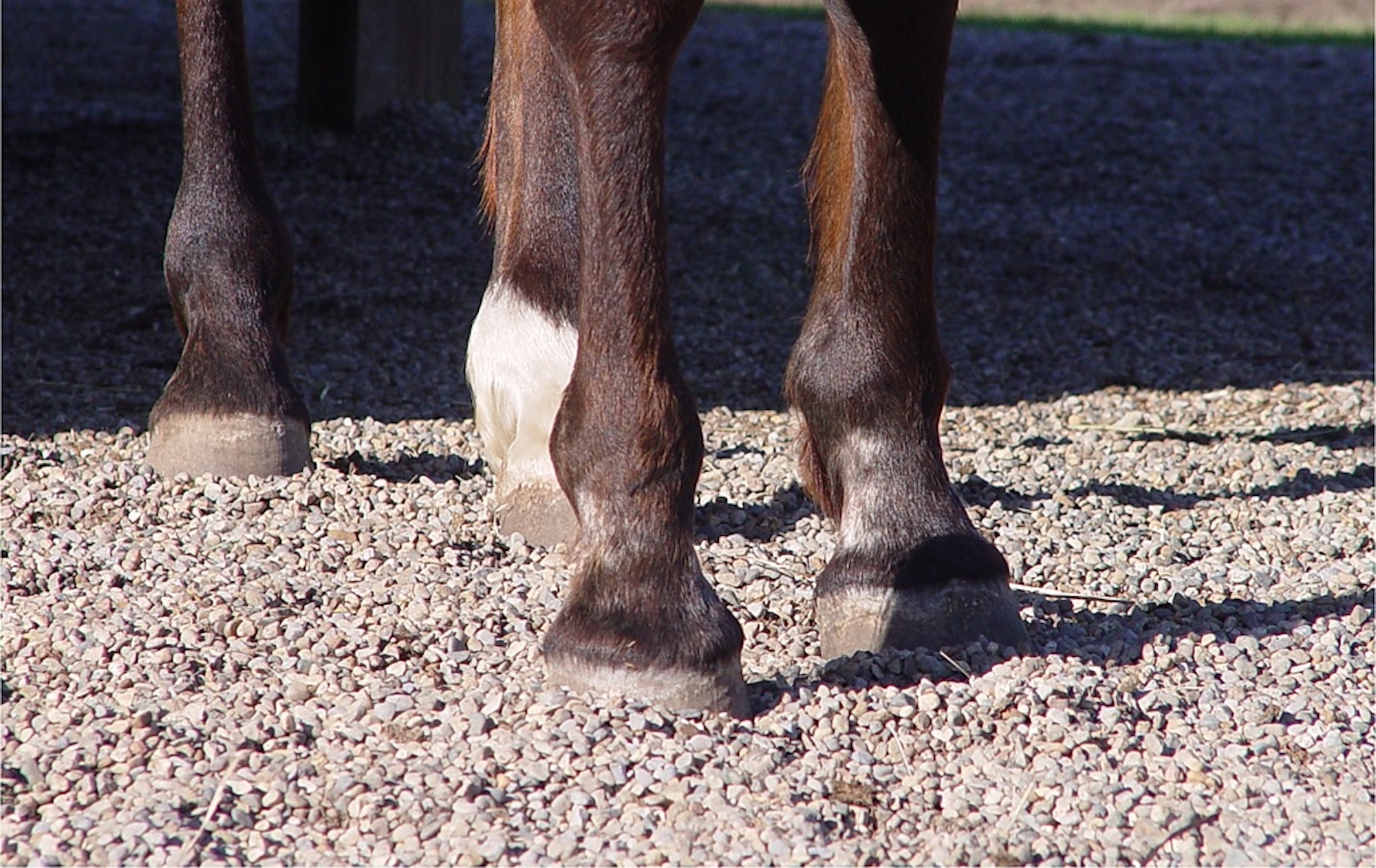I recently had the chance to chat with Blaine St. Peter of Colorado, a barefoot trimming professional who has been around since the early days of our barefoot movement. We didn’t really know each other in the past, though we attended many of the inaugural barefoot events at the same time. However, I connected recently with his wife, horsewoman Lynn St. Peter, and jumped at the chance to find out more!
It all began with their dear friend Rachel Drossman Chao, who was attending Pete Ramey’s AANHCP clinics back in 2004. She got Blaine and Lynn VERY interested in this “new” barefoot thing! She told Lynn that horses didn’t need shoes, and Lynn asked, ‘’ever?’’ Rachel said, no, never! Rachel became Blaine’s first mentor. With her help, Blaine then pulled the shoes and trimmed a top dressage horse, Passat, belonging to Lynn’s friend. This horse had been very unsound even with “Top Tier” farriers working on him. This was their “great aha moment” when everything changed – as soon as the horse’s shoes were pulled, he was instantly relieved and went sound right away. Only 3 months later, this formerly unsound dressage horse was able to win the Bronze Medal for his owner!
Blaine soon began following Pete Ramey around, and learning all that he could. He considers his mentors to be Pete Ramey, Todd Jaynes, and Dr. Robert Bowker. He also learned all about teeth from Phil Ratliff of Rite Bite Equine Dentistry (whom I wrote about in our Barefoot News March 2025) Blaine even introduced Phil to Dr. Bowker, and the 2 of them became great friends and embarked on studies together beginning in 2010, including how the teeth impact the hooves.
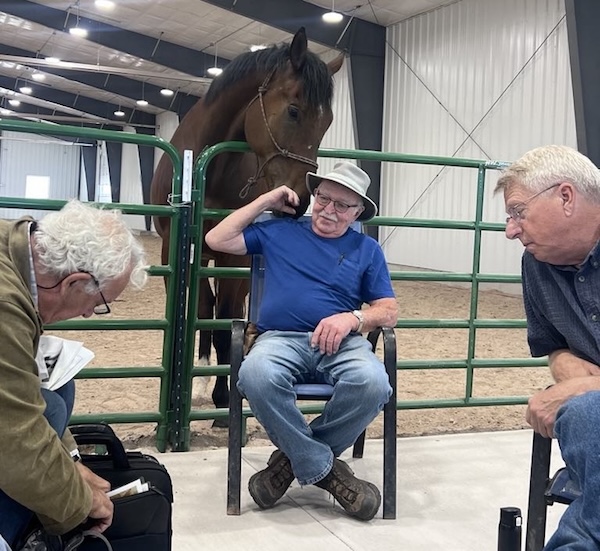
Blaine had the unique opportunity to travel to Dr. Bowker’s lab for further studies. Blaine said, “We examined the cellular growth patterns of the soles of foal hooves. We also studied the degradation of the distal ridge of the coffin bone from various types of shoes and excessive toe wall lengths. These studies gave me further evidence of the importance of keeping the hoof walls from becoming prominent.
“The study of the foals’ soles gave evidence of the cellular growth of the soles being fed directly inward from the hoof walls and that if flaring is occurring, then the sole adjoining the flare will be thin. From this information, I learned that it is very beneficial to keep the quarter walls at sole level to prevent flaring, and thus the loss of sole integrity in that area.”
Blaine shared what he learned from Dr. Bowker to help him make practical decisions about shortening the toes, “We also discussed sole migration from the bars outward to the perimeter of the hoof, and how it can build up around the frog, then forward of the apex of the frog causing a toe callous. This is beneficial to a degree, but can build up at the toe to a degree that it can actually obscure the white line at the toe and cause the breakover to be extended.
“In my experience dealing with this phenomenon, which generally is limited to dry climates (where the callous doesn’t break down due to lack of moisture), I try to determine how much excess is there, and shorten the toe by twice the thickness of the callous. If the callous is approximately 1/8″ thick, then I shorten the toe 1/4″ beyond the perceived white line. This is not a hard and fast rule for me, as there are other factors to consider, such the hardness and integrity of the toe callous, but in our climate, the callous is generally as hard as rocks. Once the toe is shortened, then I will reduce the callous to no more than 1/8” thick.”
For trimming, Blaine uses no hoof stand, but holds the hoof in his hands. He also prefers to use no halter, but rather prefers to gain the horse’s trust and trim them at liberty. Early on, he earned a reputation for being able to trim anything, even wild horses. He is an excellent horseman with “feel” and has never been kicked (only lifted off the ground once!). His reputation was mostly by word of mouth, that he was good with the tools and the horses.

Katy Watts of SaferGrass.org was also an essential mentor regarding the successful barefoot horse’s diet.
https://www.safergrass.org
Blaine considers the teeth to be a crucial part of trimming. He learned from Phil Ratliff that the dental balance of the mouth is crucial to the health of the feet. Now, the horse’s teeth are the very first thing Blaine checks before picking up the foot of a new client’s horse. Obviously, if there are issues, he will call on Phil, or their vet Dr. Allen Landis (that has studied with Phil), depending on the severity of the issue.
Blaine is very thankful for God giving him such a wonderful opportunity to help what he considers God’s most important animal in the history of the human race, the horse, and their wonderful owners.
Many thanks to Lynn & Blaine St. Peter for sharing with us. We’d love to feature more barefoot trimming knowledge from Blaine – and other experienced professionals – in the future!
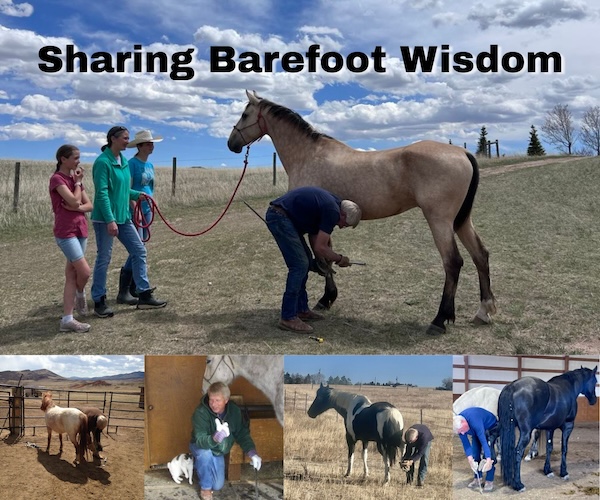
If you’d like to contact Blaine St. Peter for more info:
Phone (text please): 970-420-5496
by Yvonne Welz, published in The Horse’s Hoof Barefoot News April 2025
See the full content listing of all issues of The Horse’s Hoof Magazine! We also provide instructions on how to read the issues for free on Hoof Help Online.
For a detailed listing of all articles on The Horse’s Hoof website, please visit our Article Directory.
